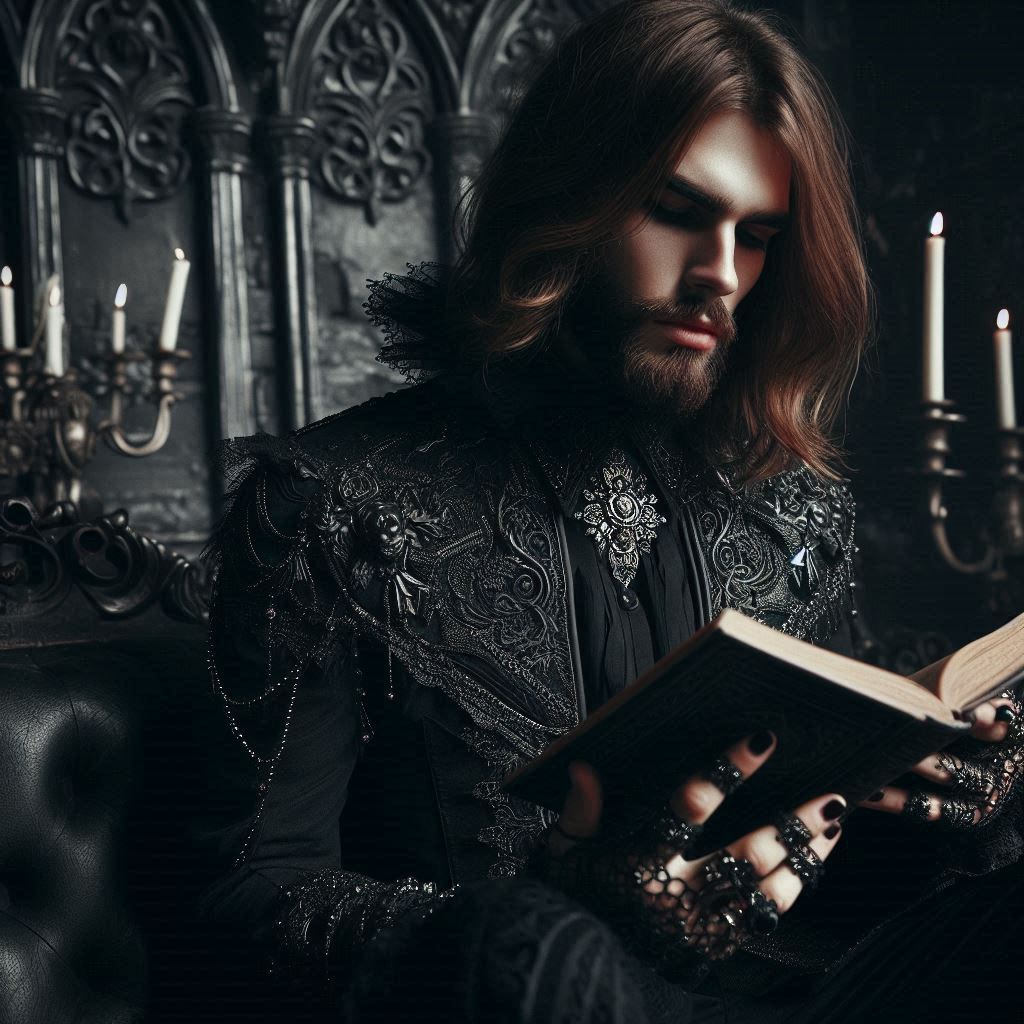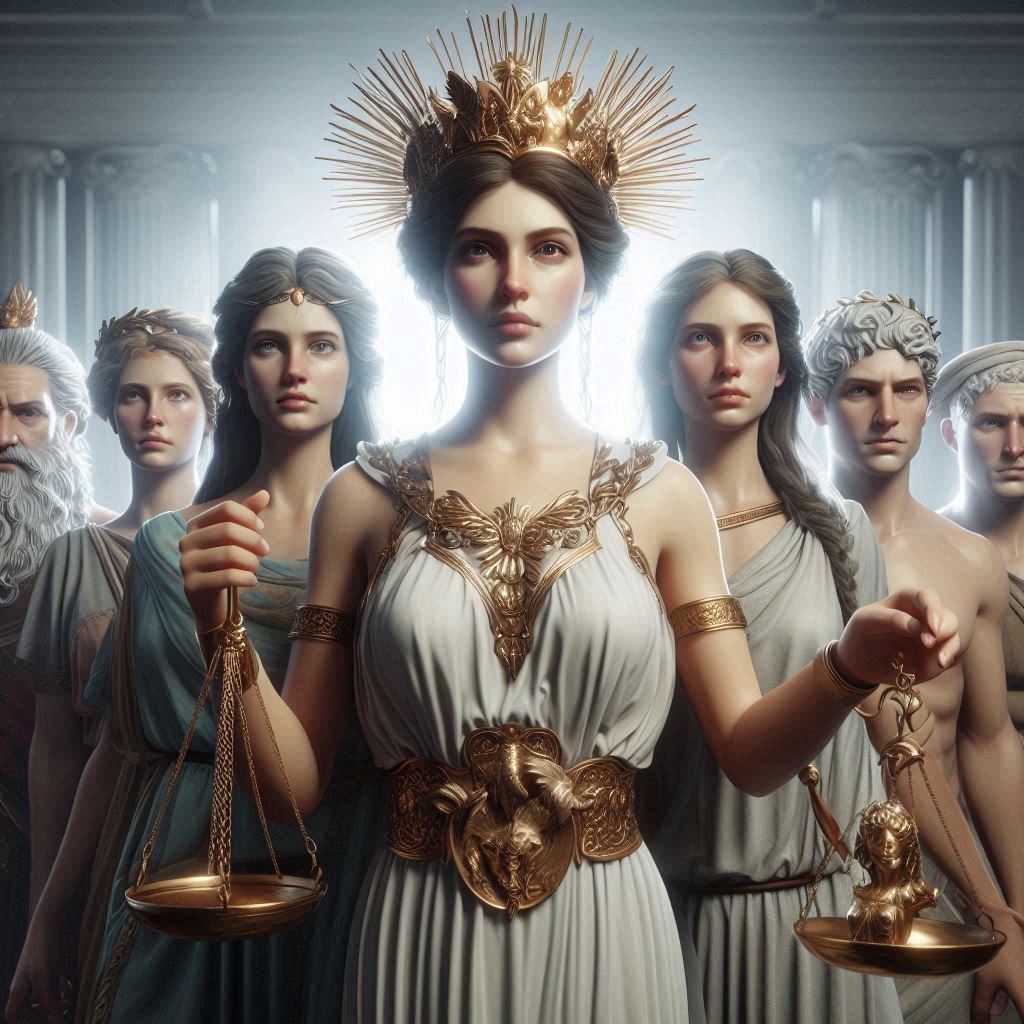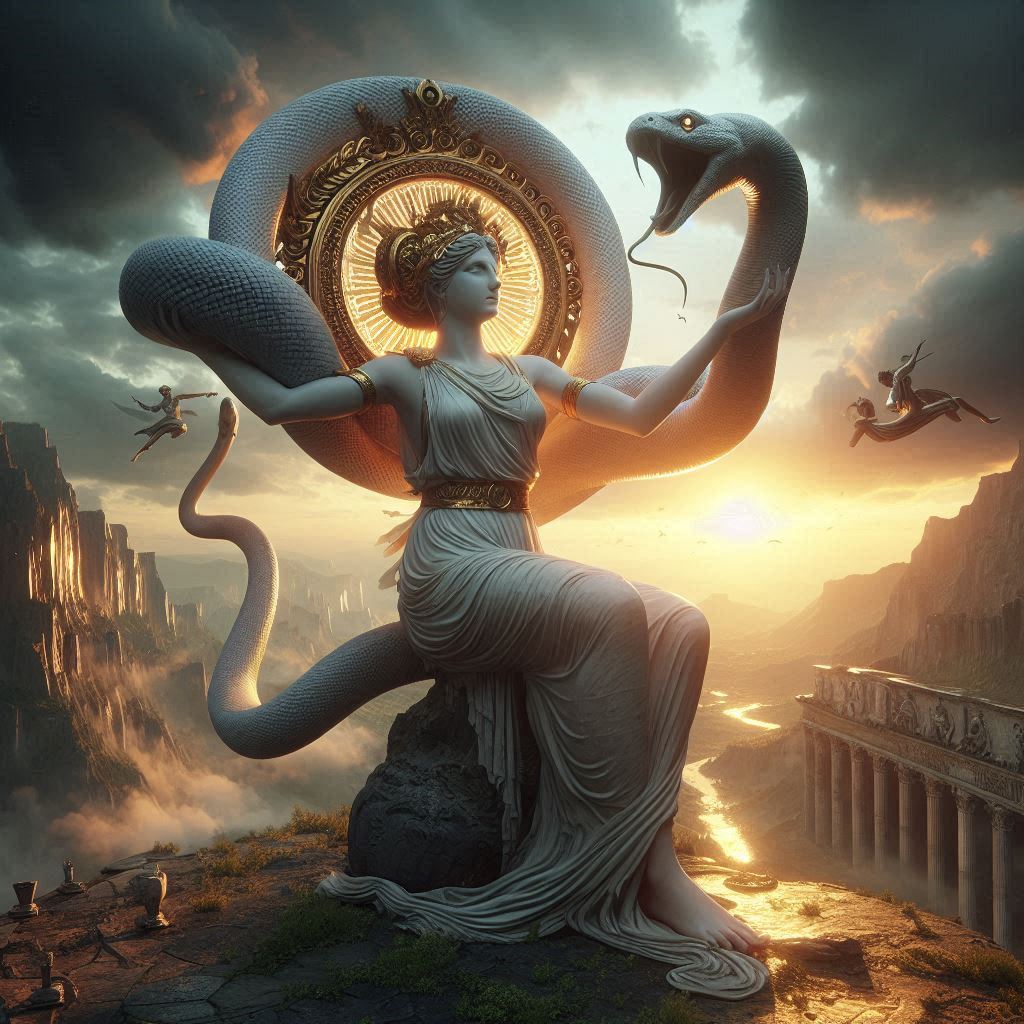Table of Contents
The Most Famous Vampire Stories of All Time
Vampire stories have been a cornerstone of mythology, literature, and pop culture for centuries. These immortal creatures embody humanity’s deepest fears and desires—eternal life, forbidden lust, and the struggle between good and evil. From ancient folklore to modern blockbusters, vampire stories have evolved, reflecting societal anxieties and fantasies.

This essay explores the most famous and influential vampire tales, analyzing their origins, themes, and cultural impact. By examining classics like Dracula and Carmilla, as well as modern hits like Twilight and The Vampire Diaries, we can trace how vampire mythology has transformed over time.
1. Dracula by Bram Stoker (1897): The Birth of the Modern Vampire
Origins and Inspiration
Bram Stoker’s Dracula is the definitive vampire novel, shaping nearly every vampire story that followed. Stoker drew inspiration from Eastern European folklore, particularly the Romanian prince Vlad the Impaler (Vlad III Dracula), known for his brutal reign. He also incorporated elements from earlier Gothic literature, such as John Polidori’s The Vampyre (1819).
Plot and Themes
The novel is told through letters, diary entries, and newspaper clippings, creating a sense of realism. It follows Count Dracula’s move from Transylvania to England, where he preys on innocent victims, including Lucy Westenra and Mina Harker. A group led by Professor Abraham Van Helsing must stop him.
Key themes include:
- The Fear of the Foreign – Dracula represents the “other,” an Eastern European invader corrupting Victorian England.
- Sexuality and Repression – Vampirism is linked to eroticism, particularly in Lucy’s transformation into a seductive monster.
- Science vs. Superstition – Van Helsing blends modern medicine with ancient folklore to defeat Dracula.
Cultural Impact
Dracula has been adapted into countless films, plays, and TV shows, including:
- Universal’s Dracula (1931) – Starring Bela Lugosi, this film cemented the vampire’s suave, aristocratic image.
- Francis Ford Coppola’s Bram Stoker’s Dracula (1992) – A lavish, romanticized adaptation with Gary Oldman as Dracula.
- Netflix’s Castlevania (2017-2021) – An animated series expanding Dracula’s lore in video game form.
Stoker’s novel remains the blueprint for vampire fiction, influencing nearly every subsequent work in the genre.
2. Carmilla by Sheridan Le Fanu (1872): The First Female Vampire
A Groundbreaking Gothic Tale
Predating Dracula, Carmilla introduced many tropes Stoker would later use. The novella follows Laura, a young woman living in a remote castle, who becomes entangled with the mysterious Carmilla. Unlike traditional male vampires, Carmilla is seductive, manipulative, and deeply emotional.
Themes of Queer Desire and Femininity
- Lesbian Subtext – The relationship between Laura and Carmilla is intensely intimate, challenging Victorian norms.
- Female Monstrosity – Carmilla is both predator and victim, reflecting fears of female sexuality.
Legacy
Carmilla inspired:
- Anne Rice’s The Vampire Chronicles – Particularly the portrayal of vampires as tragic figures.
- Modern LGBTQ+ Vampire Fiction – Such as The Gilda Stories by Jewelle Gomez.
- Web Series Carmilla (2014-2016) – A popular YouTube adaptation that reimagined the story for a digital audience.
3. Nosferatu (1922): The First Vampire Film
An Unauthorized Dracula Adaptation
F.W. Murnau’s silent film Nosferatu was an illegal retelling of Dracula, with names changed to avoid copyright issues. The vampire, Count Orlok, is monstrous—bald, rat-like, and utterly inhuman.
Visual and Thematic Influence
- Expressionist Horror – Shadows, exaggerated sets, and eerie cinematography created a nightmarish tone.
- The Vampire as Plague – Orlok brings disease, linking vampirism to real-world pandemics.
Legacy
Nosferatu influenced:
- Later vampire films – Such as Shadow of the Vampire (2000), a meta-fictional take on its production.
- Modern horror aesthetics – Directors like Tim Burton cite it as inspiration.
4. Interview with the Vampire by Anne Rice (1976): Vampires as Tragic Heroes
A New Kind of Vampire
Anne Rice’s novel redefined vampires as tormented, philosophical beings. The story follows Louis, a guilt-ridden vampire, and his maker, the charismatic Lestat.
Themes
- Immortality as a Curse – Louis struggles with eternal life’s loneliness.
- Moral Ambiguity – Unlike Dracula, Rice’s vampires are complex antiheroes.
Impact on Pop Culture
- The Vampire Chronicles Series – Expanded into over a dozen books.
- 1994 Film Adaptation – Starring Tom Cruise (Lestat) and Brad Pitt (Louis).
- TV Series (2022-Present) – AMC’s ongoing adaptation.
5. Salem’s Lot by Stephen King (1975): Small-Town Vampire Horror
A Modern Gothic Tale
King’s novel follows writer Ben Mears as he returns to his hometown, only to find it overrun by vampires led by Kurt Barlow.
Themes
- Fear of the Unknown – The vampires represent hidden evils in a seemingly normal town.
- Religion and Corruption – The town’s downfall mirrors moral decay.
Adaptations
- 1979 Miniseries – Directed by Tobe Hooper (The Texas Chainsaw Massacre).
- 2004 Remake – Starring Rob Lowe.
6. Let the Right One In (2004): A Dark, Poetic Vampire Story
A Swedish Masterpiece
John Ajvide Lindqvist’s novel (and its film adaptations) tells the story of Oskar, a bullied boy who befriends Eli, a child vampire.
Themes
- Loneliness and Connection – Both Oskar and Eli are outcasts.
- Violence and Innocence – Eli is both victim and predator.
Film Adaptations
- 2008 Swedish Film – Critically acclaimed for its haunting beauty.
- 2010 American Remake (Let Me In) – Also well-received.
7. The Vampire Diaries (1991-2014) and Twilight (2005-2008): Vampires in Young Adult Fiction
The Rise of Teen Vampires
- The Vampire Diaries – L.J. Smith’s books (later adapted into a hit TV show) focused on romance and supernatural conflict.
- Twilight – Stephenie Meyer’s saga sparked debates over its portrayal of romance and abstinence.
Cultural Impact
- Vampires as Romantic Leads – Shifted from horror to romance.
- Fandom and Criticism – Both series were wildly popular but faced backlash for problematic themes.
Conclusion: The Eternal Appeal of Vampires
From Dracula to Twilight, vampire stories continue to evolve, reflecting changing societal values. Whether as monsters, lovers, or tragic figures, vampires remain one of fiction’s most enduring archetypes. Their stories will likely continue to haunt and fascinate for centuries to come.


No responses yet